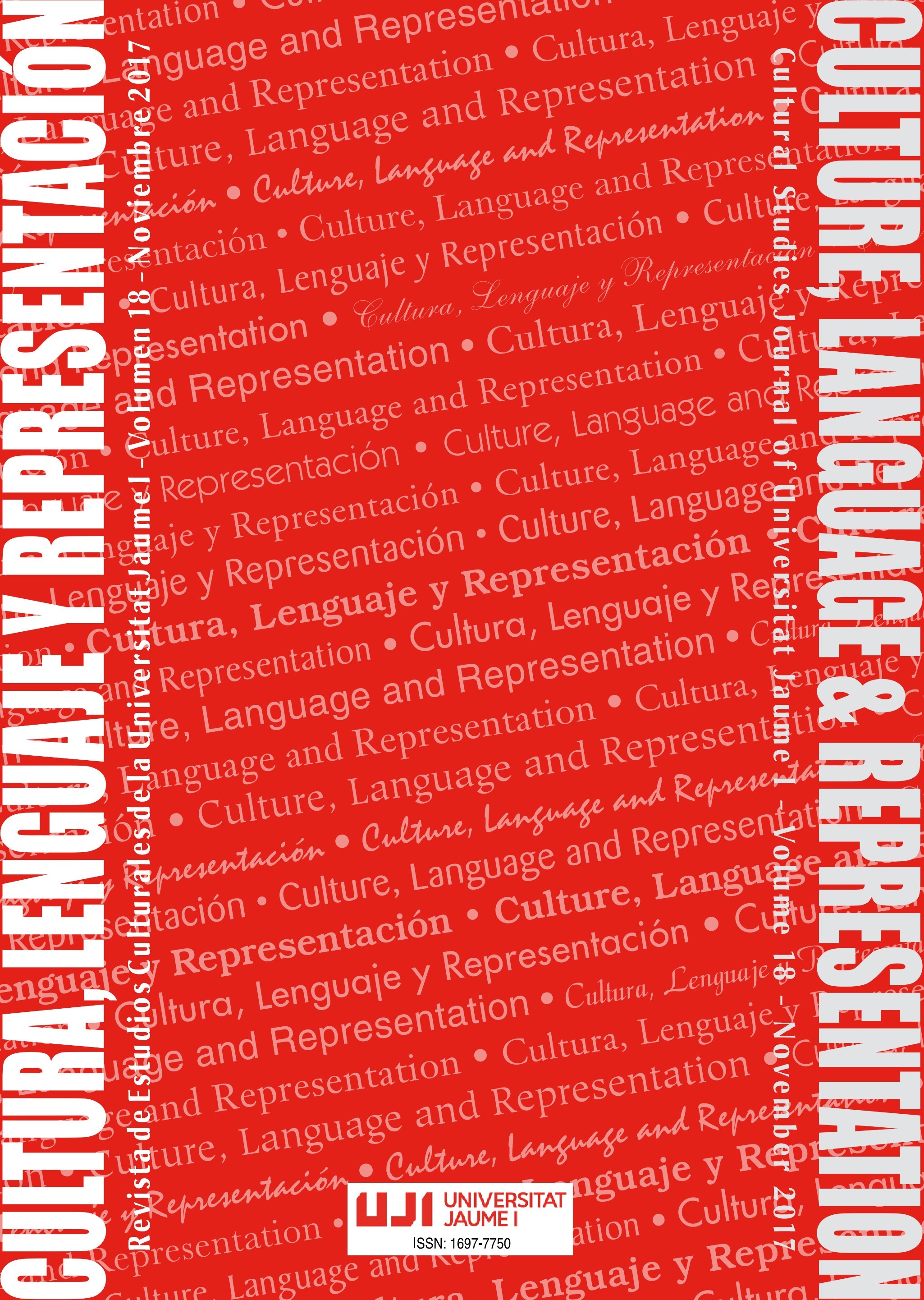Continuities of Being: Animals, Bodies, Things, and New Aliens in Fina Miralles’ Conceptual Work
Main Article Content
Abstract
In 1974, the Catalan artist Fina Miralles (Sabadell, 1950) presented in Barcelona Imatges del zoo, an installation evoking provocative tension between freedom and captivity, nature and culture, civilization and cruelty. In order to criticize living conditions in zoos, the exhibit combined photographic documents on zoological parks with live caged animals –including Miralles herself, who was locked in a cage, thus becoming both agent and part of the artistic artifact. One year earlier, Miralles had explored this very kind of critical blurring of borders (human and animal, life and death, natural and artificial, etc.) in the exhibit Naturaleses naturals, in which she mixed pebbles, grass, a tree, sand, two live hens, and hundreds of live snails with stuffed birds and pigeons. In Matances (1976-1977) the artist presented a series of photomontages that included works depicting dead animals. Following the path of the field of Animal Studies, which problematizes dichotomies as subject/object or animate/inanimate, my contribution aims to explore the continuities of being in Miralles’ work. The uninterrupted connection between animals, bodies, natural elements, objects, and other aliens (such as the tree-woman and the dressed tree, two of her most significant performances) reveals an idea of subjectivity that goes beyond the humanist paradigm. It also promotes a rethinking of the notion of alterity, which means no longer what is alien to the self: it conveys, on the contrary, the idea that otherness is a necessary condition of one’s identity.
En 1974 la artista catalana Fina Miralles (Sabadell, 1950) presentó en Barcelona Imatges del zoo, una instalación que establecía una tensión provocativa entre libertad y cautividad, naturaleza y cultura, civilización y crueldad. Con el fin de criticar las condiciones de la vida animal en los zoos, la muestra combinaba fotografías tomadas en parques zoológicos con la presencia de animales vivos enjaulados –incluyendo a la propia Miralles, que, encerrada en una jaula, se convertía a la vez en agente y objeto del artefacto artístico–. Un año antes, Miralles había explorado una idéntica fusión crítica de fronteras (lo humano y lo animal, la vida y la muerte, lo natural y lo artificial…) en la exposición Naturaleses naturals, en la cual entremezclaba piedras, hierba, un árbol, dos gallinas vivas y cientos de caracoles vivos con pájaros y palomas disecadas. En Matances (1976-1977) la artista presentó un conjunto de fotomontajes que incluían representaciones de animales muertos. Siguiendo el camino abierto por el campo disciplinario de los Estudios Animales, que problematiza dicotomías como sujeto/objeto o animado/inanimado, mi contribución pretende explorar las continuidades del ser en la obra de Miralles. La conexión ininterrumpida entre animales, cuerpos, elementos naturales, objetos y otros aliens (como la mujer-árbol y el árbol vestido, dos de sus acciones más significativas) revela una idea de subjetividad que traspasa los límites del paradigma humanista. Además, dicha continuidad favorece la revisión de la noción de alteridad, que deja de designar lo alieno al yo para indicar, al contrario, que la otredad es una condición necesaria de la identidad.
Downloads
Article Details
An open-access CREATIVE COMMONS copyright license is used. Those authors whose works are published by this journal, accept the following terms:
- Authors will retain their copyright and guarantee the Journal the right to first publish their work, which will simultaneously be subject to the Creative Commons Recognition License CC BY SA that allows third parties to share the work, provided that its author and first publication is indicated.
- Authors may adopt other non-exclusive license agreements for the distribution of the published version of the work (e.g., deposit it in an institutional telematics file or publish it in a monographic volume) provided that the initial publication in this journal is indicated.
- Authors are allowed and recommended to disseminate their work over the Internet (e.g. in institutional telematics files or on their website) before and during the submission process, which can produce interesting exchanges and increase quotes of the published work.


